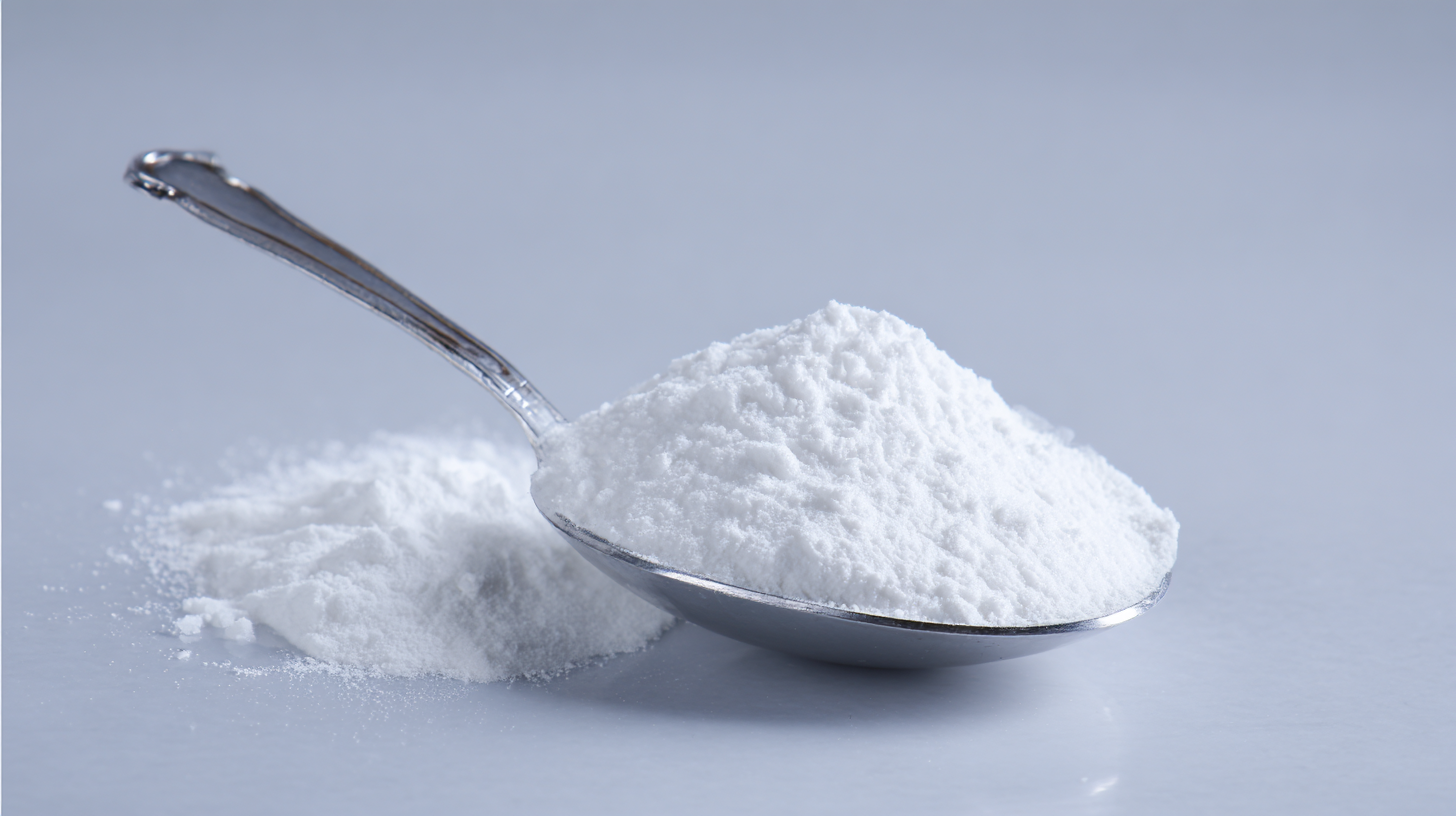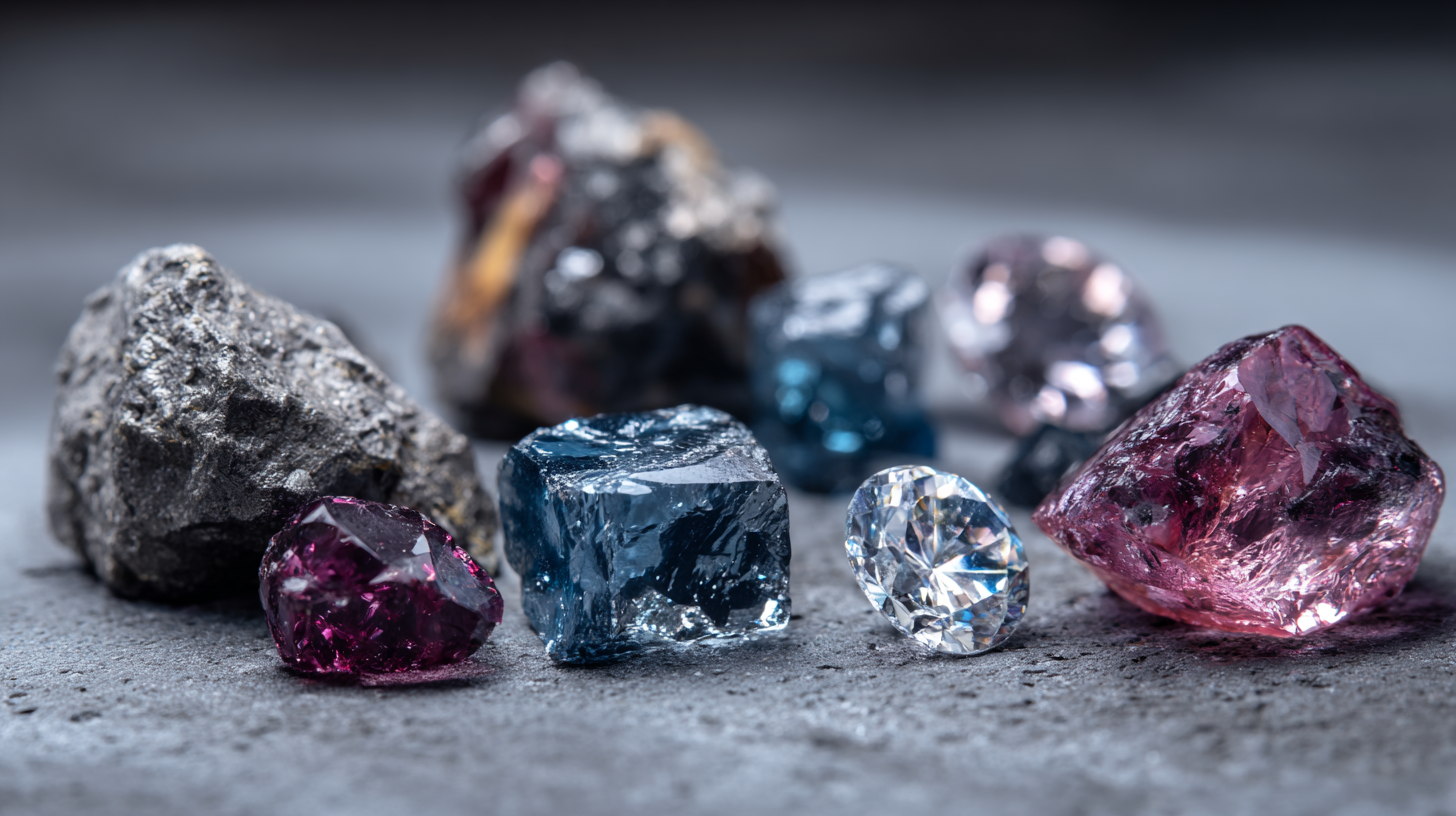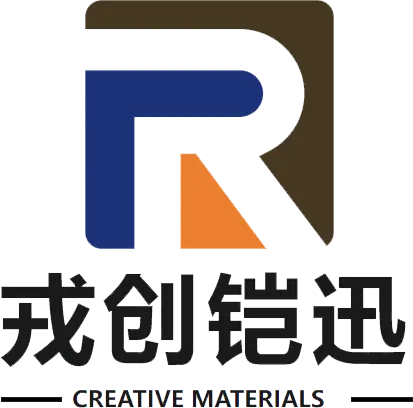The demand for High Purity Alumina (HPA) is projected to witness substantial growth as industries increasingly prioritize advanced materials for their manufacturing processes. According to a report by MarketsandMarkets, the global HPA market is expected to reach USD 6.2 billion by 2025, expanding at a compound annual growth rate (CAGR) of 24.5%. This surge is driven by the rising applications of HPA in sectors such as electronics, LED technologies, and lithium-ion batteries, where high purity levels are critical for performance and efficiency. The evolving landscape of global supply chains, underpinned by rigorous quality standards and sustainability considerations, will further shape the future of High Purity Alumina production and distribution. As businesses navigate these emerging trends, understanding the technological advancements and market dynamics surrounding HPA becomes essential for strategic planning and investment in this promising sector.

The high purity alumina (HPA) market is witnessing a transformation driven by emerging technologies that enhance production efficiency, with projections indicating a compound annual growth rate (CAGR) of over 25% by 2025. Advanced techniques such as continuous-flow synthesis, which significantly reduces production time and energy consumption, are becoming more widely adopted. According to a recent report by MarketsandMarkets, the global HPA market is expected to reach $4.5 billion by 2025, reflecting an increased demand primarily from the LED and lithium-ion battery sectors.
In addition to continuous-flow processes, innovations in automation and data analytics are further optimizing HPA production. The integration of artificial intelligence (AI) enables real-time monitoring and predictive maintenance, which can reduce downtime and increase yield. A study by Grand View Research highlights that the implementation of these technologies could lead to a 15-20% reduction in operational costs, thereby enhancing the competitiveness of HPA producers on a global scale. As these technologies evolve, they will play a crucial role in shaping supply chains and meeting the rising demand for high purity alumina in various industries.
The high purity alumina (HPA) market is poised for remarkable growth as technological advancements drive demand in the semiconductor and lithium-ion battery industries. According to a recent report by MarketsandMarkets, the global HPA market was valued at approximately $1.25 billion in 2020 and is expected to reach $3.50 billion by 2025, growing at a compound annual growth rate (CAGR) of 23.4%. This surge in demand is largely due to the increasing adoption of HPA in applications such as LED lighting and electrical insulation materials, where its properties significantly enhance performance and durability.

In the semiconductor sector, HPA's utilization is set to expand as the need for miniaturization and efficiency grows. A study by ResearchAndMarkets highlights that the semiconductor industry’s demand for high purity alumina will increase by over 28% annually, driven by the escalating production of electronic devices and the necessity for reliable materials that support advanced manufacturing processes. Similarly, the lithium-ion battery market, fueled by the electric vehicle revolution and renewable energy storage solutions, is predicted to further elevate HPA demand, with forecasts suggesting a potential market size increase that could exceed 30% by 2025. This distinct shift in industry dynamics indicates that HPA will play a critical role in the future of global supply chains, making its prospective impact impossible to overlook.
As the demand for high purity alumina (HPA) continues to surge, driven by its critical role in manufacturing advanced materials such as LED lights and electric vehicle batteries, sustainable sourcing practices are becoming increasingly vital. According to a recent report by Research and Markets, the global high purity alumina market is projected to exceed USD 6 billion by 2025, representing a compound annual growth rate (CAGR) of over 25%. This growth underscores the need for supply chains that not only optimize efficiency but also minimize environmental impact.
To achieve sustainability in the HPA supply chain, companies are now prioritizing eco-friendly extraction processes and waste management strategies. A study by Allied Market Research indicates that implementing sustainable practices could reduce overall production costs by 15% while also decreasing carbon emissions by up to 30%. As stakeholders from different sectors of the industry collaborate to establish greener alternatives, the integration of recycling technologies and renewable energy sources will further enhance the sustainability of HPA sourcing. These efforts are crucial as global regulators tighten environmental standards, pushing for a transition towards a circular economy that reconceptualizes resource utilization in the alumina industry.
The landscape of high purity alumina (HPA) is rapidly evolving as key players form strategic partnerships and collaborations to adapt to growing global demands. The increasing need for advanced materials in industries such as electronics, automotive, and renewable energy is pushing companies to innovate and find synergies that enhance their operational efficiency and product quality. By forging alliances, firms are able to pool resources, share technology, and accelerate their research and development efforts, ultimately leading to a more robust supply chain.

Notable collaborations between producers, research institutions, and technology firms are paving the way for breakthroughs in HPA production processes. For instance, partnerships focused on sustainable mining practices and recycling methods are not only addressing environmental concerns but also improving the overall lifecycle of alumina products. These strategic alignments are pivotal in ensuring the supply chains for high purity alumina are resilient and responsive to market fluctuations expected by 2025. As industries seek to secure their supply chains, the strategic moves made today by these key players will undoubtedly shape the future trajectory of the high purity alumina market.
In the rapidly evolving industry of high purity alumina (HPA), the integration of automation and artificial intelligence (AI) is revolutionizing manufacturing processes. These advancements not only increase production efficiency but also enhance product quality. Automated systems are being utilized for precise handling and processing, minimizing human error and ensuring consistent output. AI algorithms can analyze vast amounts of data to predict equipment failures, optimize processes, and reduce downtime, ultimately contributing to a more resilient supply chain.
**Tip:** To remain competitive, manufacturers should invest in smart technologies that can integrate seamlessly with existing systems. This investment not only streamlines operations but also provides valuable insights for decision-making.
Furthermore, adopting predictive maintenance powered by AI can significantly lower maintenance costs and extend the lifespan of critical equipment. By leveraging data analytics, companies can forecast wear and tear, allowing for timely interventions before costly breakdowns occur. This proactive approach ensures that high purity alumina production can meet the increasing global demand without interruption.
**Tip:** Embrace workforce training programs that focus on operational excellence in automation and AI. Empowering employees with the right skills will enhance overall productivity and innovation within the manufacturing landscape.
| Trend | Impact on Supply Chains | Automation Tools | AI Applications | Projected Growth by 2025 |
|---|---|---|---|---|
| Increased Demand for High Purity Alumina | Enhanced sourcing strategies and supplier collaboration | Robotic Process Automation (RPA) | Predictive Analytics for supply forecasting | 15% CAGR |
| Automation in Production | Reduction in operational costs and increased efficiency | Advanced Manufacturing Execution Systems (MES) | Quality Control through Machine Learning | 20% reduction in production costs |
| Sustainability Initiatives | Improved environmental compliance and brand reputation | Process Optimization Software | AI for lifecycle analysis | 30% reduction in carbon footprint |
| Digital Twin Technology | Real-time performance monitoring and risk mitigation | Simulation and Modeling Tools | Optimization Algorithms | Enhanced operational uptime by 25% |
